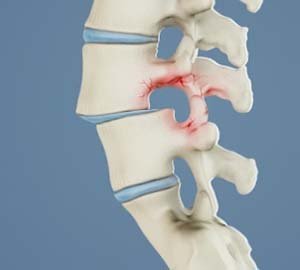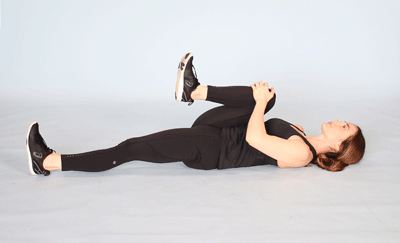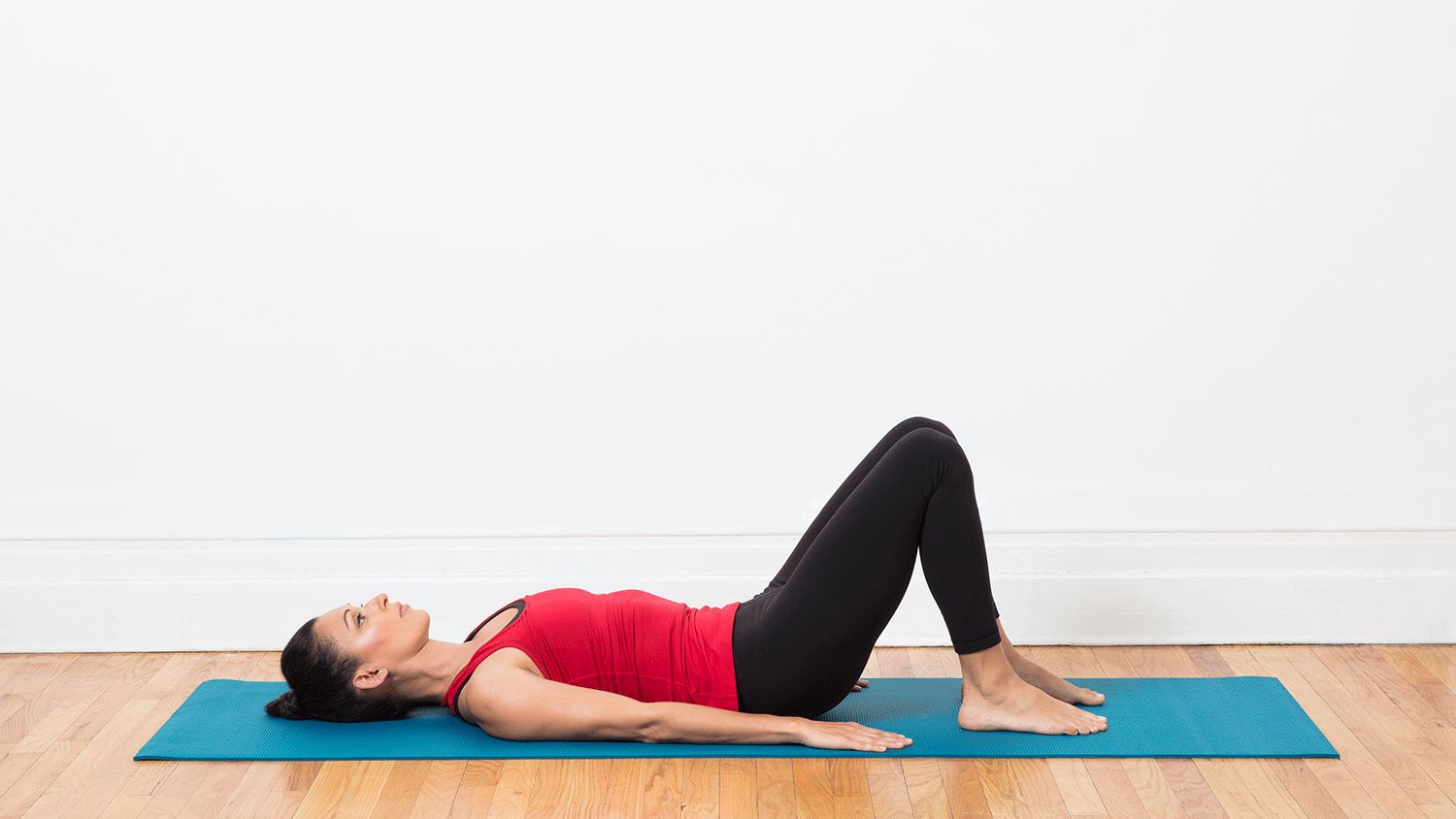Definition/Description
Spondylolisthesis is a spinal condition that affects the lower vertebrae (spinal bones). This disease causes one of the lower vertebrae to slip forward onto the bone directly beneath it. It’s a painful condition but treatable in most cases. Both therapeutic and surgical methods may be used. Proper exercise techniques can help you avoid this condition.

Symptoms/Characteristics
You may not experience any symptoms of spondylolisthesis. Some people have the condition and don’t even know it. If you do have symptoms, lower back pain is typically the main one. You may also experience:
- Lower back pain
- Muscle tightness and stiffness
- Pain in the buttocks
- Pain that gets worse with activity
- Trouble standing or walking
Causes
Overextending the spine is one of the main causes of spondylolisthesis in young athletes. Genetics may play a role, too. Some people are born with thinner vertebral bone. In older adults, wear and tear on the spine and disks (the cushions between vertebrae) can cause this condition.

Treatment
Nonsurgical treatments include:
Rest: Take a break from strenuous activities and sports.
Physical therapy: A physical therapist can teach you targeted exercises to strengthen your abdomen (belly) and back. Daily exercises often relieve pain after a few weeks.
Bracing: A brace can help stabilize your spine. The brace limits movement so that fractures can heal. Braces are not used in adults.
Surgical correction of the misplaced vertebra is required when the bone has slipped so far down that your spine doesn’t respond to nonsurgical therapies. Surgery is also required if the bones of your spine are pressing on your nerves.
Exercise Program for Spondylolisthesis
Before starting this, or any other, exercise program, check with your doctor to be sure that exercise is safe for your specific condition.
1. Knee to Chest
Purpose: To reduce pressure on the nerves in your low back and relieve back pain
How to perform a knee to chest stretch:
- Lie on your back.
- Bring your knee toward your chest.
- Using your hands, gently pull your leg in until you feel a comfortable stretch.
- Hold for 10 seconds, then place your leg to the floor.
- Repeat with the other leg and hold for 10 seconds.
- Repeat on each leg 3 to 5 times.
- Hold both legs together in the stretched positions for 10 seconds.
- Repeat with both legs 3 to 5 times.

2. Lower Trunk Rotation
Purpose: To increase your spine’s mobility and flexibility.
How to perform a lower trunk rotation:
- Lie on your back in the hook lying position (with your knees bent and feet flat on the floor)
- While contracting your abdominal muscles, rotate your knees to one side.
- Hold for 3 to 5 seconds. (You will feel a gentle stretching in your lower back and hips.)
- Contracting your abdominal muscles, rotate your knees to the other side.
- Hold for 3 to 5 seconds.
- Repeat up to 10 times on both sides.

3. Pelvic Tilt
Purpose: To strengthen your lower abdominal muscles and stretch your low back.
How to perform a pelvic tilt:
- Lie on your back with your feet flat on the floor.
- As you exhale, contract your abdominal muscles while you push your belly button toward the floor and flatten your low back.
- Using your hands, gently pull your leg in until you feel a comfortable stretch.
- Hold the position for 5 seconds.
- Repeat 10 times, holding the position for 5 seconds each time.
